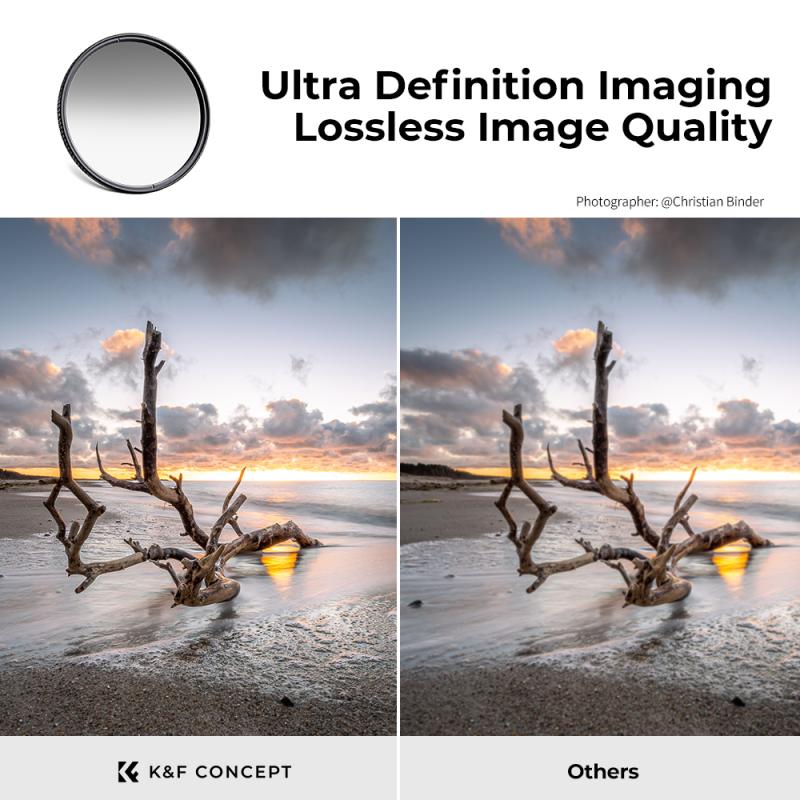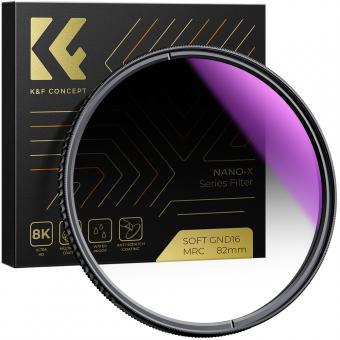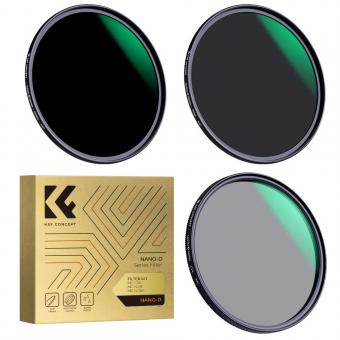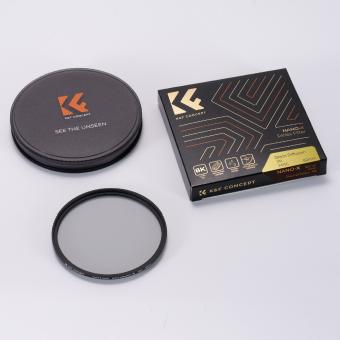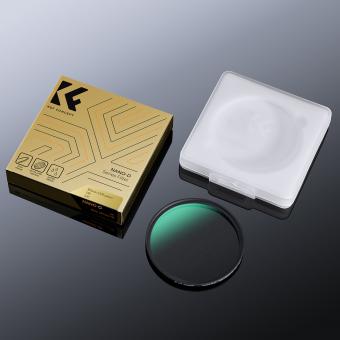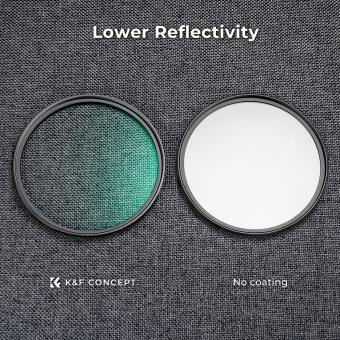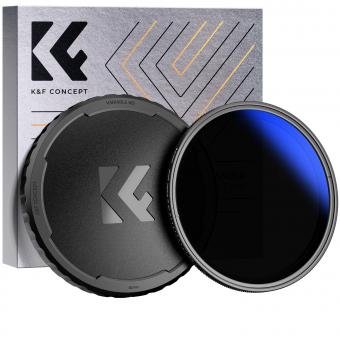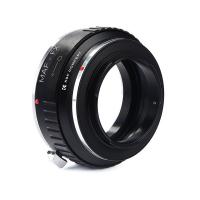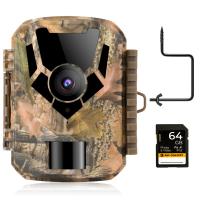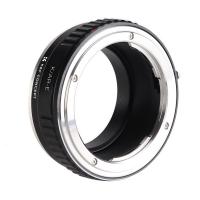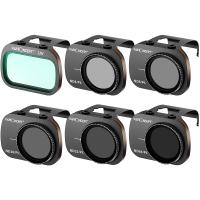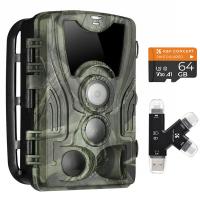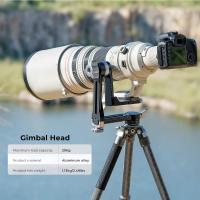Are Graduated Neutral Density Filters Necessary ?
Graduated neutral density filters are not necessary for every photographer or every situation. However, they can be a valuable tool for landscape photographers who want to balance the exposure between a bright sky and a darker foreground. These filters help to reduce the dynamic range of a scene by darkening the brighter areas, such as the sky, while keeping the exposure balanced with the rest of the image. This can be particularly useful when shooting landscapes with a high contrast between the sky and the foreground. Ultimately, the decision to use graduated neutral density filters depends on the photographer's specific needs and preferences.
1、 Purpose and Function of Graduated Neutral Density Filters
Graduated neutral density (ND) filters are a valuable tool for landscape photographers, but whether they are necessary depends on the specific situation and the photographer's preferences.
The purpose of graduated ND filters is to balance the exposure between the bright sky and the darker foreground in high-contrast scenes. These filters have a gradient that transitions from dark to clear, allowing photographers to darken the sky while maintaining proper exposure in the foreground. This helps to capture a more balanced and evenly exposed image, reducing the need for post-processing adjustments.
The function of graduated ND filters is to control the dynamic range of a scene, particularly during sunrise or sunset when the sky is significantly brighter than the landscape. By reducing the amount of light entering the camera from the sky, these filters prevent overexposure and preserve details in both the sky and the foreground.
However, with advancements in digital photography and post-processing techniques, the necessity of graduated ND filters has become a subject of debate. Some argue that techniques like exposure bracketing and blending multiple exposures in post-processing can achieve similar results without the need for physical filters. Additionally, the use of graduated ND filters can sometimes lead to unnatural-looking images, especially when the transition between the dark and clear areas is not seamless.
Nevertheless, many photographers still find graduated ND filters to be an essential tool in their kit. They appreciate the convenience and immediate results that these filters provide, allowing them to capture a well-exposed image in-camera without relying heavily on post-processing. Furthermore, using filters can help reduce the amount of time spent on editing, allowing photographers to focus more on capturing the moment.
In conclusion, while the necessity of graduated ND filters may vary depending on individual preferences and shooting techniques, they continue to serve a purpose in landscape photography. The latest point of view suggests that while alternative methods exist, these filters remain a valuable tool for photographers seeking convenience and immediate results in capturing well-exposed images.
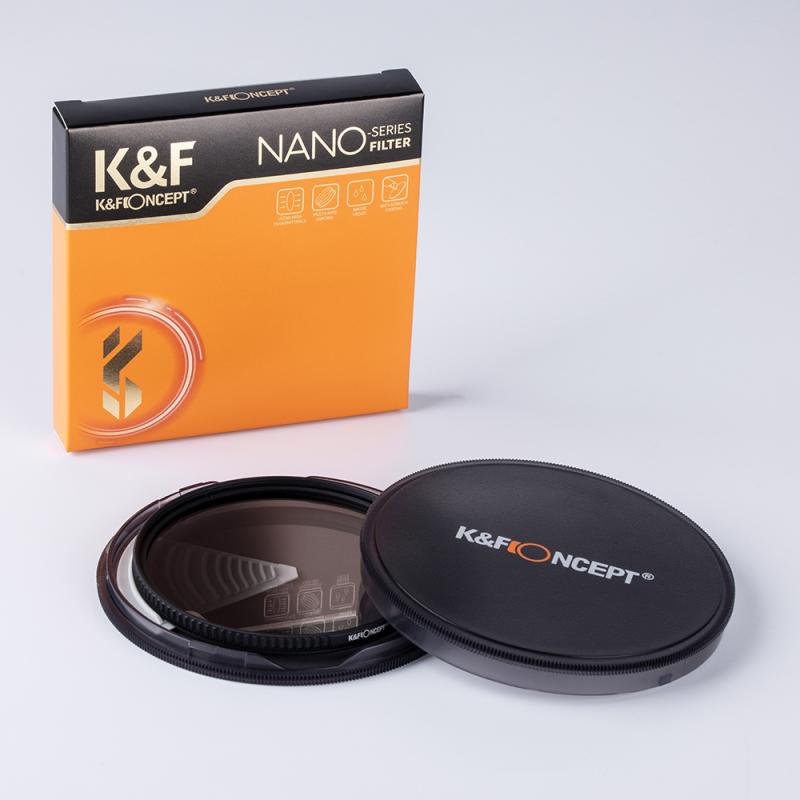
2、 Types of Graduated Neutral Density Filters
Graduated neutral density (ND) filters are essential tools for landscape photographers, allowing them to balance the exposure between the bright sky and the darker foreground. These filters are particularly useful when capturing scenes with high contrast, such as sunrises or sunsets.
Are graduated neutral density filters necessary? The answer depends on the specific situation and the photographer's preferences. While it is possible to achieve similar results through post-processing techniques, using a graduated ND filter in the field can save time and produce more natural-looking results.
There are different types of graduated ND filters available, including hard-edge, soft-edge, and reverse graduated filters. Hard-edge filters have a distinct transition line between the dark and clear areas, making them suitable for scenes with a clear horizon line. Soft-edge filters have a more gradual transition, making them ideal for scenes with uneven horizons or objects protruding into the sky. Reverse graduated filters are designed for situations where the brightest part of the scene is near the horizon, such as during a sunset.
The latest point of view suggests that while post-processing techniques have advanced significantly, graduated ND filters still have their place in a photographer's toolkit. These filters allow for precise control over exposure in-camera, reducing the need for extensive editing later. Additionally, using a filter can help preserve details in both the highlights and shadows, resulting in a more balanced and natural-looking image.
Ultimately, the decision to use graduated ND filters depends on the photographer's style, preferences, and the specific shooting conditions. While they may not be necessary in every situation, they remain a valuable tool for landscape photographers looking to capture stunning images with balanced exposures.
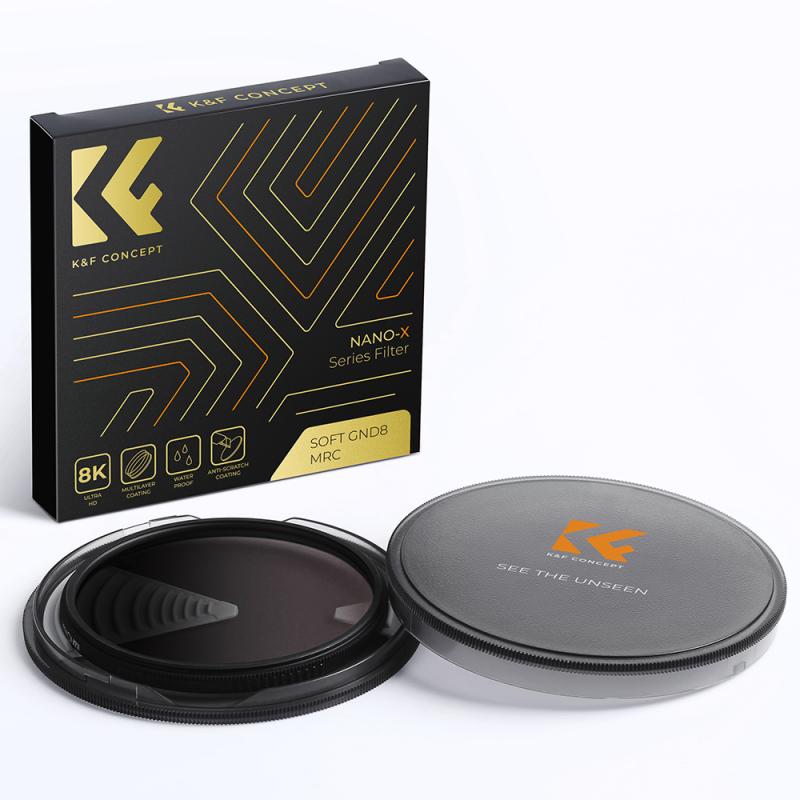
3、 Advantages and Benefits of Using Graduated Neutral Density Filters
Advantages and Benefits of Using Graduated Neutral Density Filters
Graduated neutral density (ND) filters are essential tools for landscape photographers, providing numerous advantages and benefits that cannot be easily replicated in post-processing. While some argue that advancements in digital editing software have made these filters less necessary, they still offer distinct advantages that make them a valuable addition to any photographer's kit.
One of the primary benefits of graduated ND filters is their ability to balance exposure in high-contrast scenes. These filters feature a gradient that darkens one half of the frame, allowing photographers to capture detail in both the bright sky and the darker foreground. This helps to avoid blown-out highlights or underexposed shadows, resulting in a more balanced and visually appealing image. While it is possible to achieve similar results through bracketing and blending multiple exposures in post-processing, using a graduated ND filter saves time and effort in the field.
Another advantage of these filters is their ability to reduce the dynamic range of a scene. By darkening the brighter areas, graduated ND filters help to compress the tonal range, allowing for a more even exposure. This can be particularly useful when shooting landscapes with a bright sky and a darker foreground, such as during sunrise or sunset. While HDR techniques can also address dynamic range, they often result in a more surreal or exaggerated look, whereas graduated ND filters maintain a natural and balanced appearance.
Furthermore, graduated ND filters allow photographers to achieve long exposure effects during daylight hours. By reducing the amount of light entering the camera, these filters enable longer shutter speeds, resulting in smooth and ethereal effects on moving water or clouds. While it is possible to achieve similar results by using a small aperture or a strong ND filter, graduated ND filters offer more control over the exposure, allowing for precise adjustments to capture the desired effect.
In recent years, there has been a debate about the necessity of graduated ND filters due to advancements in post-processing techniques. While it is true that software like Adobe Lightroom or Photoshop can help to correct exposure imbalances and recover details in high-contrast scenes, the use of graduated ND filters still offers distinct advantages. These filters allow photographers to capture a more balanced exposure in-camera, reducing the need for extensive post-processing and preserving the image's natural look. Additionally, using filters in the field saves time and effort, allowing photographers to focus on capturing the moment rather than spending excessive time editing.
In conclusion, while the necessity of graduated ND filters may be debated, their advantages and benefits are undeniable. These filters provide a practical and efficient solution for balancing exposure in high-contrast scenes, reducing dynamic range, and achieving long exposure effects. While post-processing techniques can partially replicate these effects, the use of filters in the field saves time, preserves the natural look of the image, and allows photographers to focus on capturing the moment. Therefore, graduated ND filters remain a valuable tool for landscape photographers, enhancing their ability to create stunning and well-exposed images.
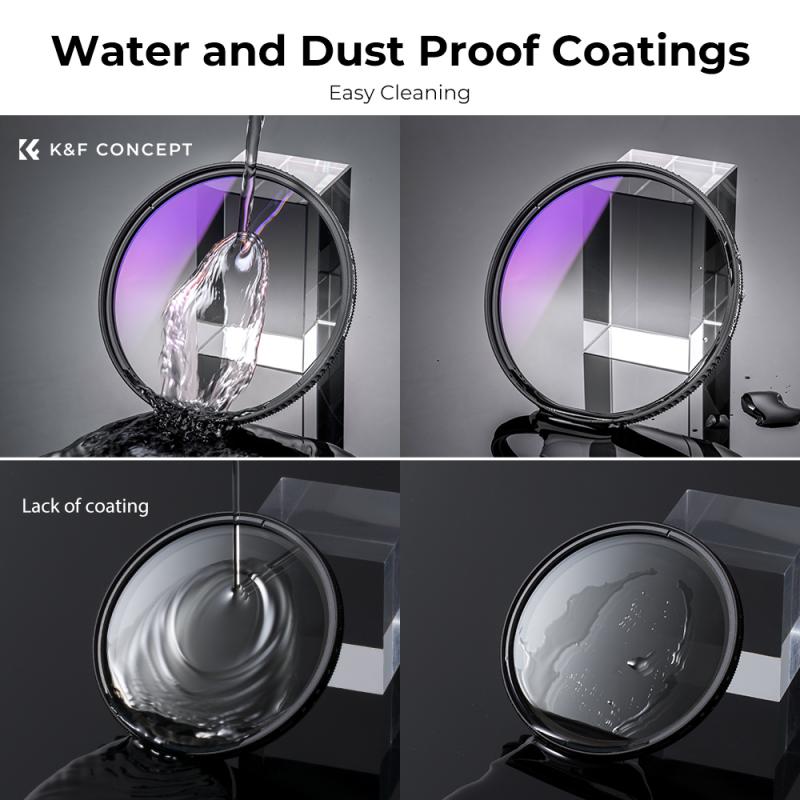
4、 Limitations and Considerations of Graduated Neutral Density Filters
Limitations and Considerations of Graduated Neutral Density Filters
Graduated neutral density (ND) filters have long been a popular tool among landscape photographers to balance the exposure between the bright sky and the darker foreground. However, with advancements in digital post-processing techniques, the necessity of using graduated ND filters has become a subject of debate.
One limitation of graduated ND filters is their fixed transition line. These filters have a gradient that darkens the top portion of the image, gradually transitioning to clear glass at the bottom. This fixed transition line can be problematic when the horizon is not straight or when there are objects protruding into the sky, such as trees or buildings. In such cases, it becomes challenging to position the filter precisely, resulting in an unnatural darkening or uneven exposure.
Another consideration is the cost and inconvenience of carrying multiple filters. Graduated ND filters come in different strengths, and photographers often need to carry a range of filters to accommodate various lighting conditions. This can be cumbersome and expensive, especially for photographers who travel frequently or have limited storage space.
However, it is important to note that while digital post-processing techniques have advanced significantly, graduated ND filters still offer certain advantages. They allow photographers to capture a well-exposed image in-camera, reducing the need for extensive editing later. Additionally, using a graduated ND filter can help preserve details in the highlights, preventing overexposure in the sky.
In conclusion, the necessity of using graduated ND filters depends on the photographer's preferences and shooting style. While they have limitations and considerations, they still offer benefits in terms of convenience and preserving highlight details. Ultimately, it is up to the photographer to decide whether to invest in these filters or rely on post-processing techniques to achieve similar results.
